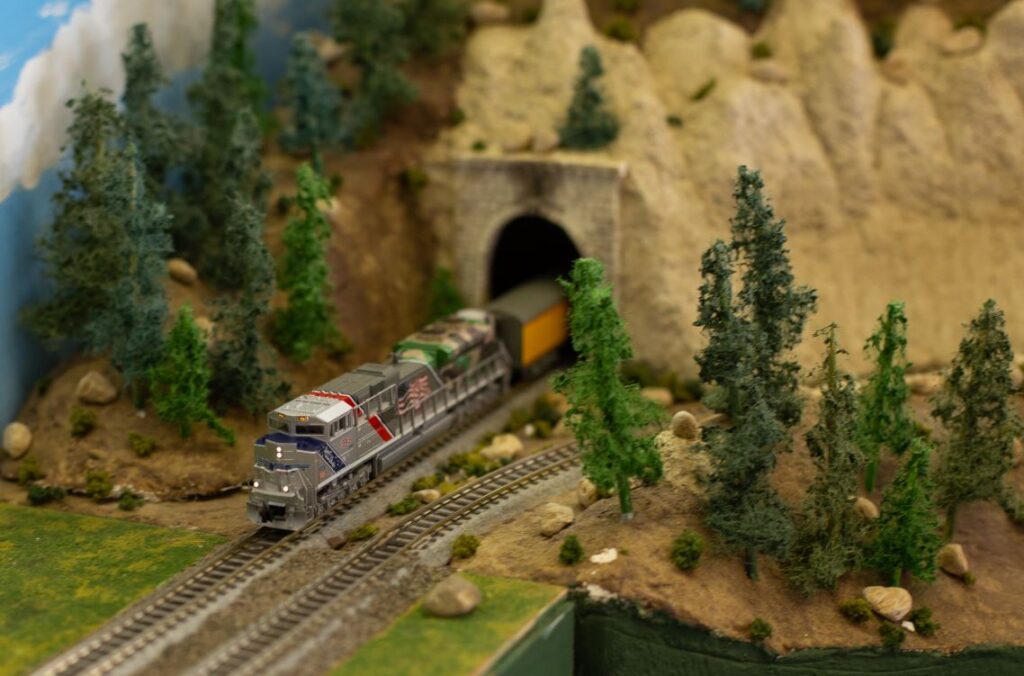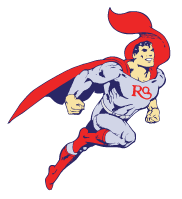Introduction
When you’re building inclines for your trains, you need to pay special attention to a couple of factors to prevent them from stalling or sliding back. These include:
- Being very careful about the wheel gauge and track
- Rolling stock clearances
- Paying attention to electrical integrity
- Moderate grades
- Transition curves
- Adhering to the correct weight for the rolling stock
- Precise coupler adjustments
Here is a quick guide to help you build appropriate inclines.
Step 1
To begin with, you must ensure that you install risers everywhere you plan to lay a track. When you do this, you raise the track’s level to align with your risers’ height, and the surrounding areas fall lower in perfection.
You can employ modelers who will make creeks easily and make low-lying areas easily without cutting your layout base.
Step 2
You must aim for adjustable inclines because these make it possible for your track to alter elevations as required on straights and curves. Use a system that allows you 2%, 3%, and 4% grades to remove your guesswork and the need for complicated calculations.
Step 3
Your step is the installation and cutting of profile boards. To do this, you have to join interlocking profile boards with matching connectors. You can establish a sturdy layout perimeter with this action, something you can easily cut using an appropriate cutter.
This allows you to achieve any profile your desire.
Step 4
After complete the above step, your next task is the cutting and installation of sheet goods. Employ a unique cutter for cutting your foam sheets, and once you have the desired shapes, you can build your desired interior terrain outlines, your enclosed tunnels and build elevated yet leveled areas for towns and buildings.
Step 5
Thus far, after completing all the steps, you have to add a plaster cloth followed by a trackbed. Now to do this, you need newspaper wads to form terrains. Then take your plaster cloths and dip them in water and cover your newspaper wads with these next.
You can create your track beds and use realistic sheets to build the roads, parking areas, and streets with a road system. To finish off your product, you will need to use terrain and landscape scenic products.
For the Inclines;
When you have pinned your risers in place, you have to pin the incline starters or sets at the top of your risers. You may even mount them directly onto your layout base if you wish. Here is what you can do:
- Pin your incline sections temporarily in place using foam nails.
- If you are using pre-elevations, then start at the highest elevation and work your way down.
- Using appropriate glue for permanently installing inclines and risers.
- You must remove the foam pains only when the glue dries completely.
- Use foam putting for finishing the rough spots, and then use 220 grit sandpaper in the end.
Final Thoughts
If you seek help for building inclines for your trains, reach out to Charles Ro for the best solutions.


